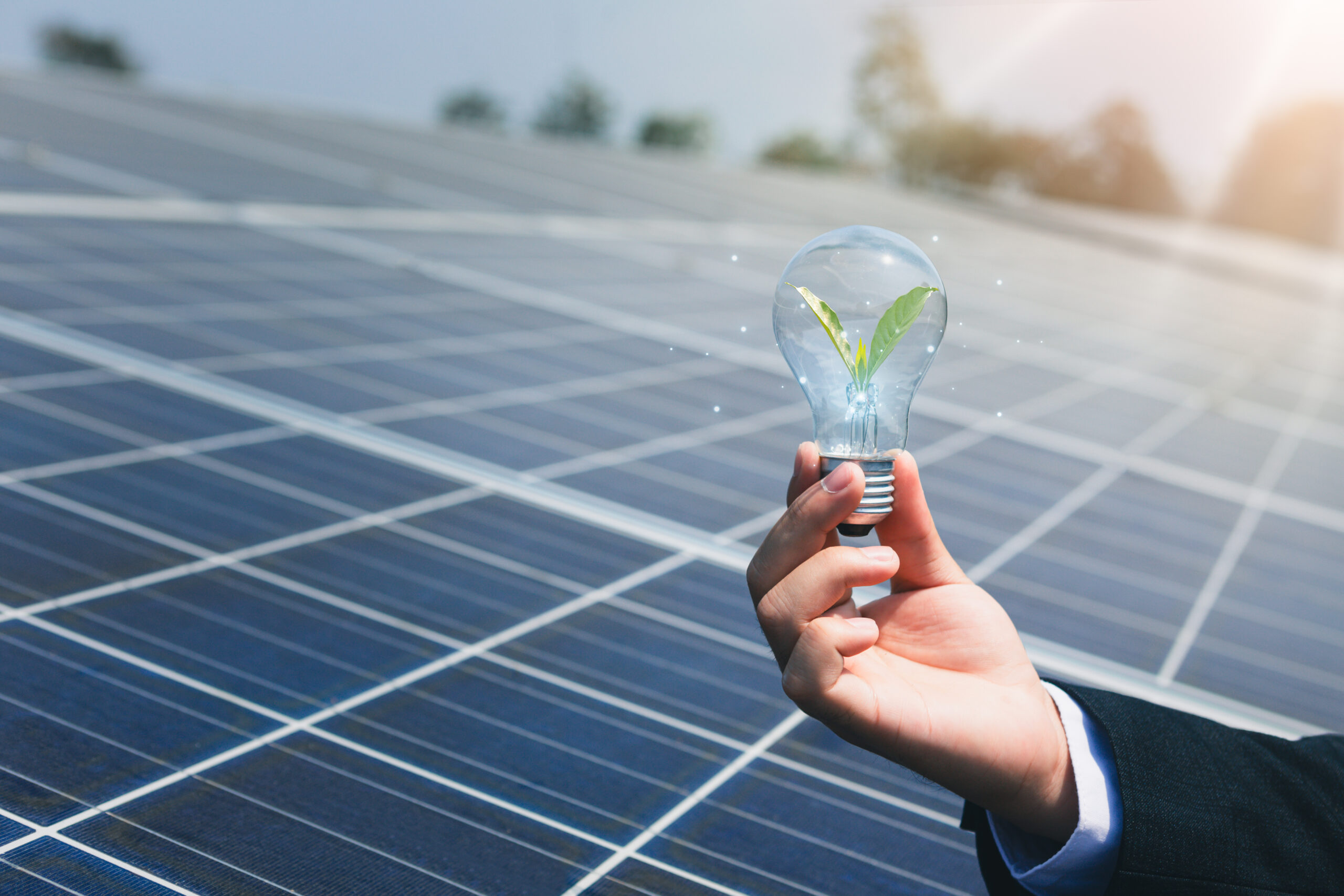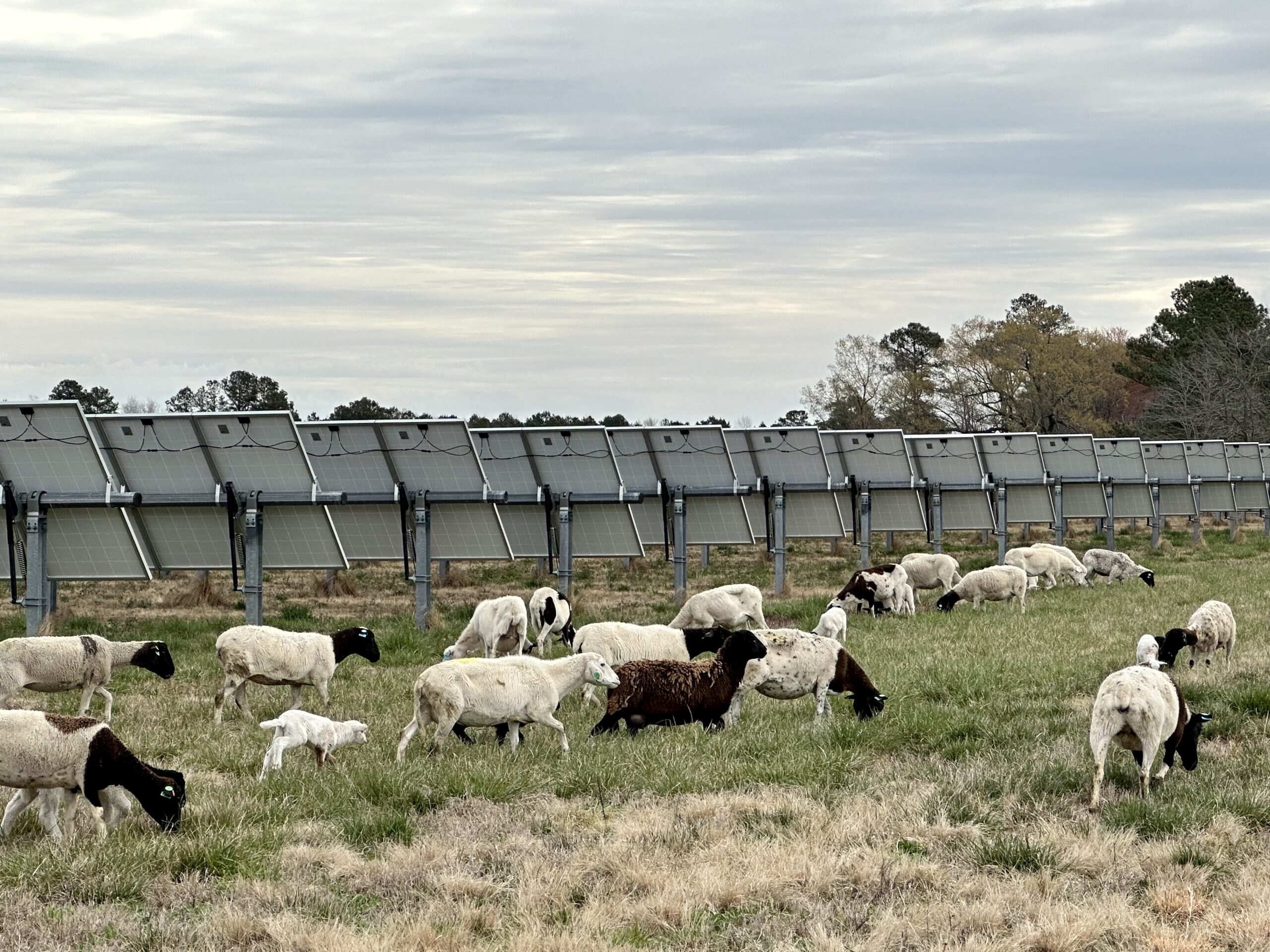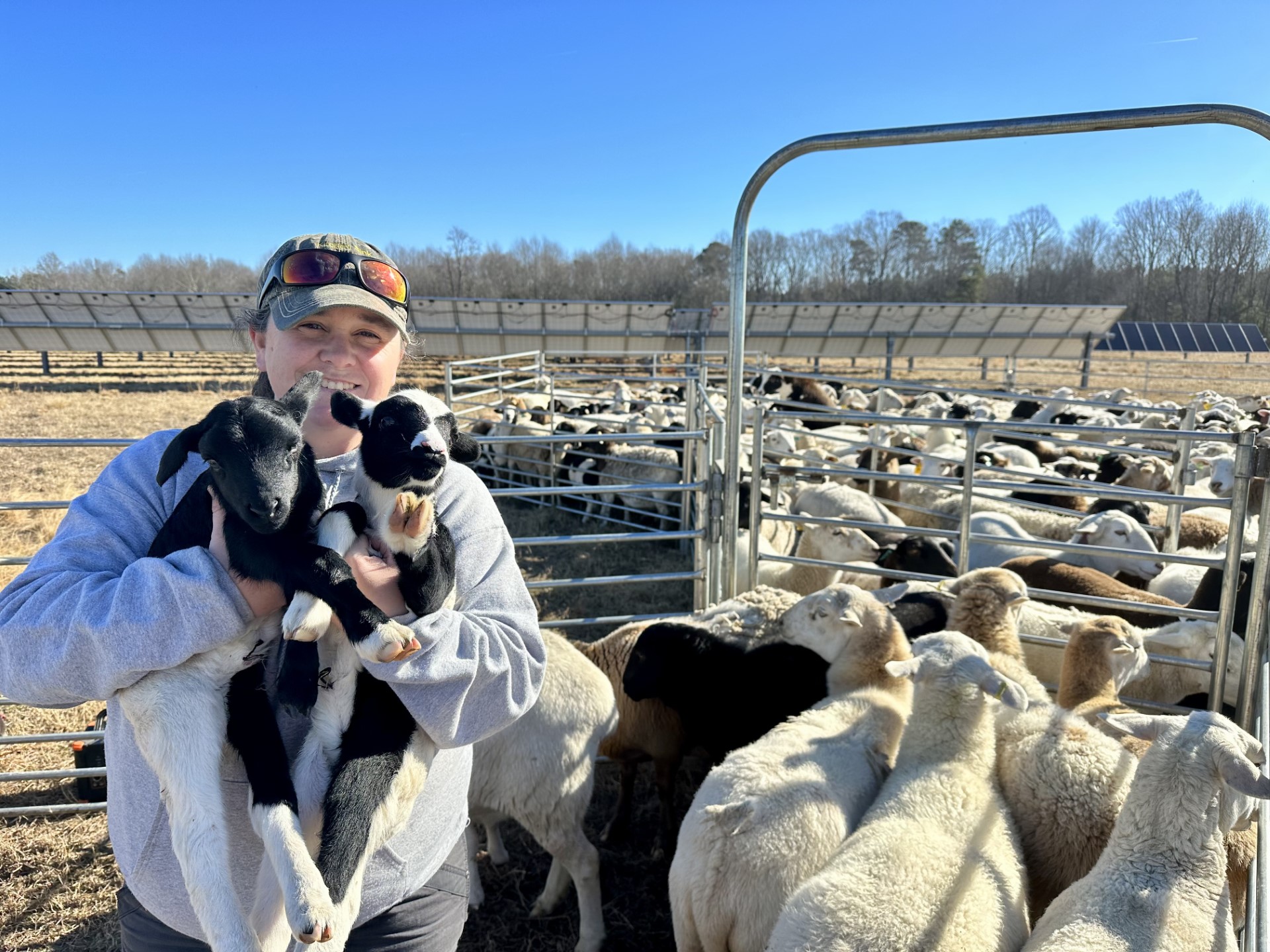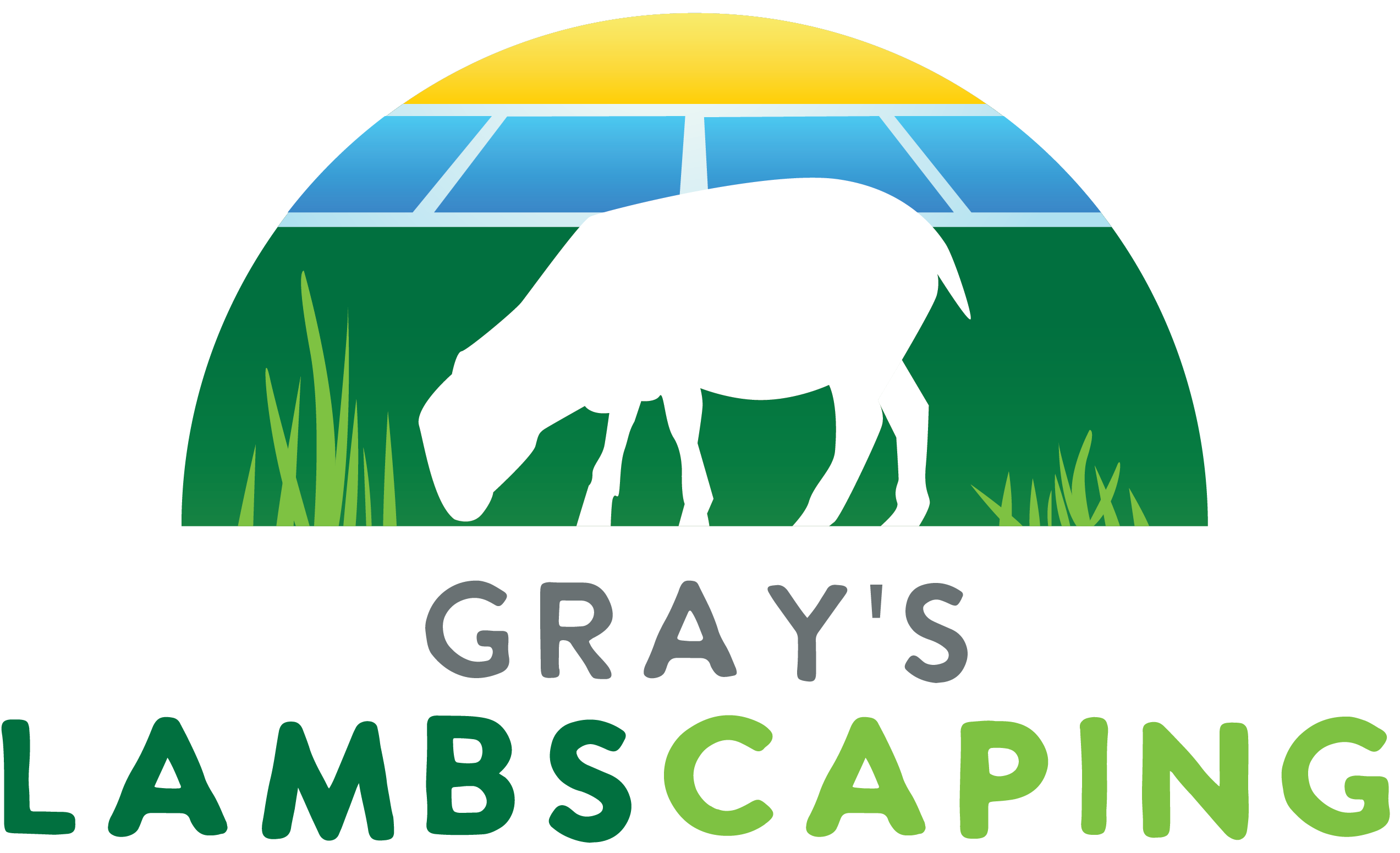8 Things To Consider Before Leasing Your Land To A Solar Company
By: Jess Gray · March 12, 2024 · 7 min
As a solar grazing company co-founder with firsthand experience in integrating agrivoltaic practices, I’ve witnessed the transformative impact leasing land to a solar farm can have for farmers and rural landowners. The allure of generating a steady income stream by harnessing the power of renewable energy on your land is undeniable. But, diving into the world of solar farming is not a decision to be taken lightly. There are numerous factors to consider, from the long-term implications for your property to the potential benefits and challenges of becoming part of the renewable energy landscape.
Before leasing land to a solar company, it’s crucial to consider several key factors to ensure that the agreement meets your long-term goals and protects your interests. Here are some key points to consider early on:
1. Lease Terms and Compensation
Understand the length of the lease (solar leases can last 20-30 years or more) and how compensation is structured. Compensation might be a flat annual rate, a per-acre rate, or a combination of both. Ensure the terms are competitive and fair for the use of your land.
2. Land Use and Restrictions
Clarify how your land will be used and any restrictions placed on remaining or adjacent land you own. Consider the impact on your current and future agricultural practices, including access to water, soil health, and the ability to graze livestock if part of your operation involves solar grazing.
3. Environmental Impact and Anticipated Vegetation Management Practices
Assess the environmental impact of the solar farm on your land. While solar farms are generally low-impact, construction and decommissioning processes can affect soil and local ecosystems. Ensure that the solar company is committed to minimizing environmental damage and restoring the land after the lease ends. Solar companies that intend to hire a solar grazing company to manage the land will actually enrich your soil, making your land more productive in the long-term while encouraging native plant growth, pollinator populations, and ecological growth. One research study presented at the AGU 2021 Fall Meeting demonstrated that well-managed solar grazing practices increase the carbon storage capabilities of the soil. Similarly, a 2023 study published in Earth’s Future showed how implementing agrivoltaics contributes to ecological health and wildlife conservation.
4. Infrastructure and Access
Consider the infrastructure improvements that will be made (roads, fences, electrical substations) and how they affect access to your land. Ensure that the lease agreement specifies who is responsible for maintaining these infrastructures and the access rights for both parties. Hosting sheep on your property has a minimal impact on the land. We use lightweight, portable fiberglass fence posts and polywire fencing, allowing us to customize paddocks and implement minimally-invasive rotational grazing practices.
5. Decommissioning and Land Restoration
Ensure a clear decommissioning plan is in place for the end of the lease term. The agreement should specify who is responsible for removing the solar panels and associated infrastructure and restoring the land to its original condition or an agreed-upon state.
6. Legal and Financial Considerations
Consult with legal and financial advisors familiar with solar leases and local regulations. This will help you understand the lease’s implications, including any tax benefits or liabilities, and ensure that your rights are protected.
7. Community Considerations
Reflect on the potential impact of the solar farm on your community and the aesthetics of your land. Consider how the project aligns with your values and the values of your community. Consult with your neighbors and local government officials. Educating your community about the benefits of renewable energy and solar grazing practices is key to gaining buy-in. While engaging in this process, you may encounter some challengers who assert these common misconceptions about solar.
8. Future Land Use
Think about your long-term plans for the land. Do your family members want to inherit it? Do you want to use it for future agricultural purposes? Reflect on how the solar lease aligns with those plans. Consider whether the lease offers flexibility for future land use changes or expansions of your agricultural activities. How your solar company plans to manage vegetation around their arrays will directly impact your land’s soil nutrients, carbon sequestration, native plant life, pollinator populations, and wildlife habitats.
By thoroughly evaluating these factors and seeking professional advice, you can make an informed decision that aligns with your financial goals, farming practices, and values, ensuring a beneficial partnership with the solar company.

The Future of Sustainable, Renewable Energy
You may be wondering: why are solar farms suddenly popping up in rural areas? The government has designed a comprehensive strategy to achieve net-zero emissions by 2050, emphasizing expanding renewable energy capacity, enhancing grid infrastructure, and promoting energy efficiency. Through financial incentives, such as grants, tax credits, and funding for research and development, the government seeks to accelerate the adoption of solar technology across residential, commercial, and industrial sectors. By investing in solar energy, the government aims to mitigate climate change’s impacts and foster economic growth, create jobs in the green energy sector, and ensure energy security for future generations. Leasing your land to a solar company helps significantly reduce carbon emissions and shift towards a more sustainable energy future.
About Jess
Jess Gray is the CEO of Gray’s LAMBscaping, LLC, overseeing the company’s financial management, policy development, logistics, and reporting. As a 2023 Nuffield International Agricultural Scholar, Gray has represented her company in over half a dozen countries, focusing her research on integrating solar energy with livestock grazing.



